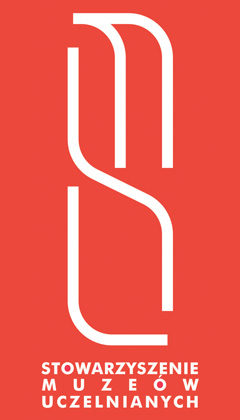Museum of Medicine and Pharmacy
ul. Ostrogórska 30
41-200 Sosnowiec
Tel. (32) 364 13 85
muzeum@sum.edu.pl
www.muzeum.sum.edu.pl
Admission charges (please see the museum website).
Mondays, Thursdays, Fridays: 9 am – 3 pm
Wednesdays: 10 am – 5 pm
All groups that are larger than ten must book in advance (either by telephone or e-mail). Self-guided tours do not require advance booking.
Staff: Agnieszka Ryt MA
In 2008, under the patronage of Prof. Krystyna Olczyk MD, dean of the Faculty of Pharmacy and Laboratory Medicine, Branch in Sosnowiec (now the Faculty of Pharmaceutical Sciences in Sosnowiec) of the Medical University of Silesia in Katowice, a group was formed to establish a museum in Sosnowiec. Designs were drawn up for the museum’s future rooms which were implemented a decade later. On 12 December 2018, the Medical University of Silesia in Katowice officially opened the Museum of Medicine and Pharmacy. Thanks to Prof. Krystyna Olczyk’s commitment, valuable collections from the Hospital of Rheumatology in Ustroń were donated to the museum, including equipment for two operating rooms, prostheses, implants, pictures and drawings, as well as heart-lung apparatus made by Prof. Tadeusz Paliwoda and the first Polish hip endoprosthesis designed by the team of Janusz Daab MD from Piekary Śląskie. The museum is divided into three zones: the entrance zone, the administrative zone and the museum and exhibition zone, which consists of eight rooms. Two rooms were also set up to conduct seminars, workshops for school groups and classes for students. The first exhibition room is devoted to the emergence and development of the pharmaceutical industry from the 19th century to the present day. A post-war pharmacy was reconstructed in the next room in which the furniture dates back to 1958. The pharmacy utensils on display were once necessary to prepare a wide range of medicines: mortars, infusers, steamers, tablet presses, percolators, pharmacy presses, devices for making suppositories, pills and many other things. The exhibition in Room 3 is devoted to 20th-century surgical operations – it includes an operating table made of materials that are easily washable, an anaesthetic machine, as well as apparatus to monitor the
patient’s vital signs, operating lamps, an electrocautery device, suction apparatus and a set of surgical instruments. In further sections of the museum visitors can learn about the history of interventional cardiology (Room 4) and exhibits in the field of gynaecology, orthopaedics and emergency medical services (Room 5). In the following room, visitors have the opportunity to travel back to the time of 18th-century surgical procedures, when surgeons operated in frockcoats, and the procedures were often performed on the patient’s own bed because not every hospital had an operating room. Hands were washed after the procedure and not before, in order to remove blood and pus from them, while dressings were changed using the same tools for many patients, and linen that was not always clean. Room 7 has on display equipment
from a former herbalist – the unique Berkefeld ceramic water filter dating from the end of the 19th century deserves special attention. Many interesting preparations and medicinal plants are on display. It is worth mentioning that the use of plant-based medications and dietary supplements is again becoming popular – at least 7,000 chemical compounds are used today. The last room is devoted to the history of laboratory diagnostics which is almost as long as that of medicine itself. The Museum of Medicine and Pharmacy is located on the premises of the Department of Pharmaceutical Sciences in Sosnowiec. It not only serves as a teaching aid for students at the university, but also is an invitation for all those who would like to go back in time and see what the world of pharmacy and medicine looked like then.














